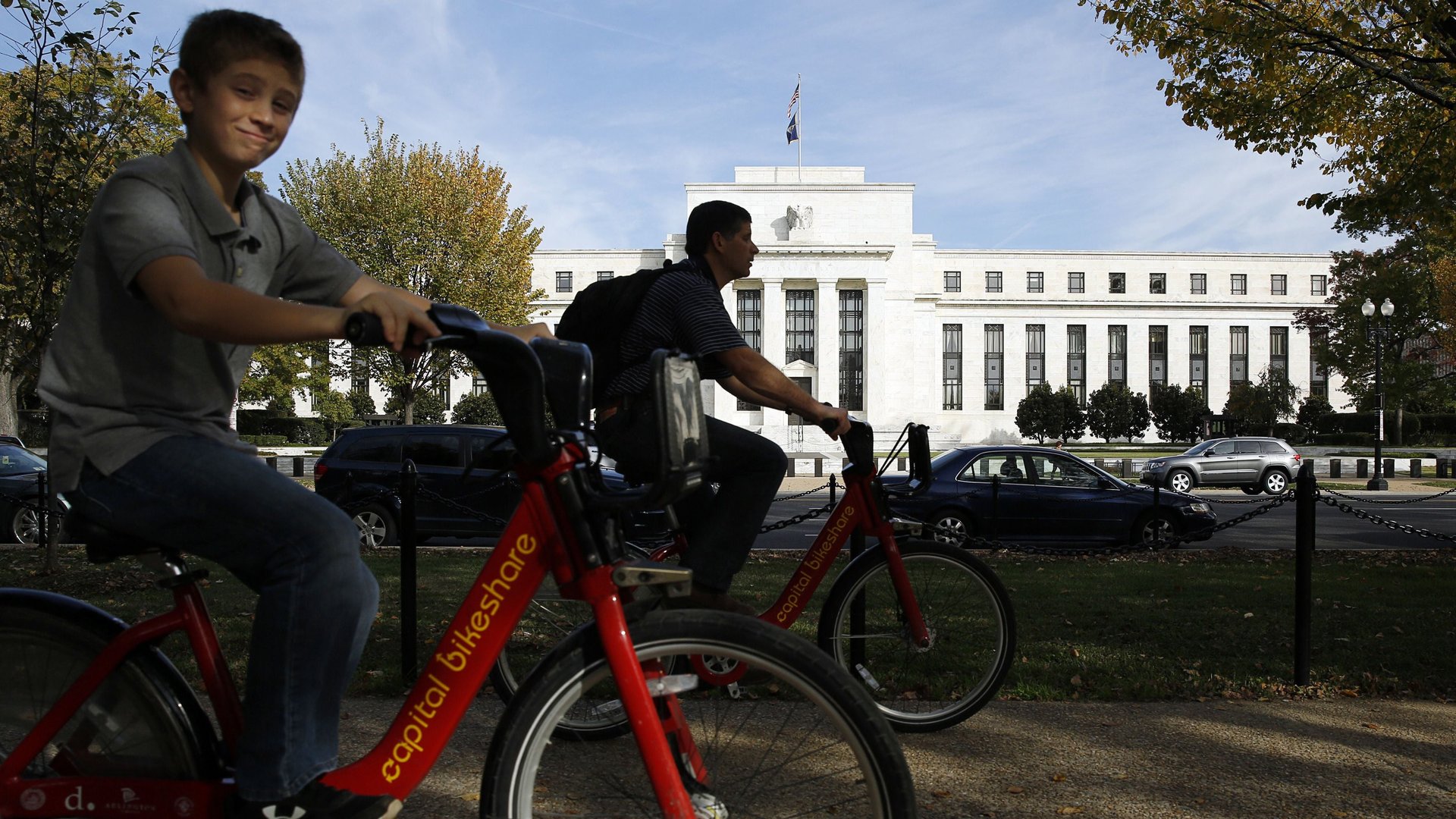The world needs new tools in the fight against the next recession
The cover of the June 13th Economist magazine trumpets “Watch out: The world is not ready for the next recession.” Within, the cover story explains:


The cover of the June 13th Economist magazine trumpets “Watch out: The world is not ready for the next recession.” Within, the cover story explains:
When central banks face their next recession, in other words, they risk having almost no room to boost their economies by cutting interest rates. That would make the next downturn even harder to escape.
The Economist is wrong.
The proof that the Economist is wrong could be heard in a remarkable May 18 conference in London, not far from the Economist’s offices. The conference had an impressive list of co-sponsors–the Brevan Howard Centre for Financial Analysis, the Centre for Economic Policy Research (CEPR), Imperial College Business School, and the Swiss National Bank—who chose the audacious title “Removing the Zero Lower Bound on Interest Rates.” In other words, the conference organizers were announcing at the top of the program to the assembled central bankers, academics, and financial industry participants their belief that any limits on how much interest rates can be cut can be swept away. That conference was followed by another conference the next day at the Bank of England, with the same theme.
If interest rates can be cut as much as necessary, central banks alone have plenty of firepower to end the next recession, even without any help from fiscal policy. Given the limits to fiscal policy coming from political squabbles and concerns about adding to national debt, monetary policy unhampered by limitations on central banks’ interest rate targets would be good news indeed. For example, if the Fed could have cut interest rates to -4% throughout 2009, the US could have had a robust recovery by the end of 2009 instead of bad economic times dragging on as long as they did.
I spoke at both conferences. The Centre for Economic Policy Research arranged for interviews of several participants at the lunch break of the “Removing the Zero Lower Bound” conference, and did an brilliant job of editing those interviews into videos with high production values. You can see links for all of the interviews here. All of these interviews take negative interest rates very seriously. Collectively, the full set of interviews gives a sense of how much attitudes are shifting.
The three most radical interviews—arguing that there may ultimately be no limits to how low interest rates can go when necessary to bring economic recovery–are with Citigroup’s Chief Economist Willem Buiter
with Martin Andersson, from Sweden’s Ministry of Finance
and with me
The key to unlimited firepower in monetary policy is to deal with the problem of people storing cash. As I describe in my interview, my own approach to avoiding the problem of people storing paper currency to get an interest rate close to zero rather than the intended negative interest rate during a serious downturn is to charge private banks a deposit fee when they turn in cash at the cash window of the central bank for credit in their reserve accounts with the central bank.
Such a charge at the cash window of the central bank closes the loophole that would otherwise allow financial firms to earn a zero interest rate (minus storage costs) by using cash. In this system, regular people who are saving for long periods of time could still in all likelihood earn positive interest rates on bank accounts and a zero rate on cash over longer periods of time, but the ability to earn a zero interest rate from cash would be temporarily suspended during the worst of an economic downturn. As a result, other interest rates could be pushed down as low as necessary to heal the economy.
After these two conferences, I visited the Bank of Finland as well as the central banks of Sweden, Norway and Canada to explain at length my views on how to enable central banks to cut interest rates as much as they think they should, without being stopped short by the problem of paper currency storage. As compared to my visits to central banks before the conference I find the change in attitudes toward the possibility of deep negative interest rates as a result of these conferences has been dramatic.
The Sveriges Riksbank in Sweden already has negative interest rates, and could easily go further.
The Bank of Canada is less likely to need negative interest rates in the immediate future, but already has an “Effective Lower Bound” working group focused on exploring the possibilities for negative interest rate policy in the next recession. After the London conferences, and my extended discussions with them, these central banks are all thinking more seriously about the possibility that the danger of massive paper currency storage in a negative interest rate environment can be averted by appropriate action at the cash window of a central bank.
Introducing new tools for monetary policy is inherently controversial, but recent years have seen important additions to what is seen in most central banks as the acceptable toolkit: the use of quantitative easing (QE) and more recently the use of mild negative interest rates. Modifications to the way paper currency is handled at the cash window of the central bank to make deep negative rates possible could plausibly be the next major addition to the monetary policy toolkit. If so, the world could be better prepared to deal with the next recession than many people expect.